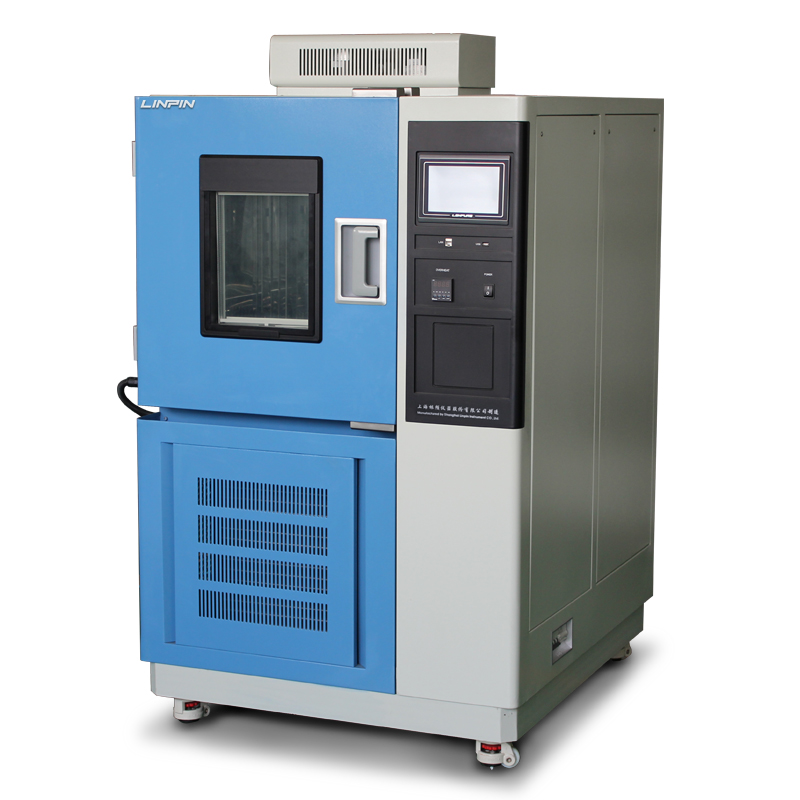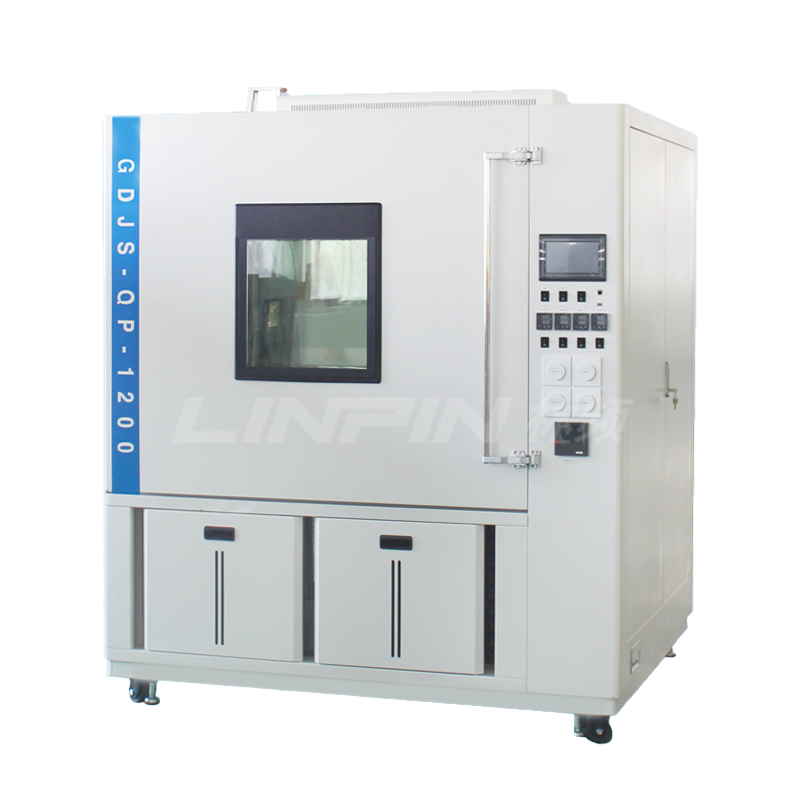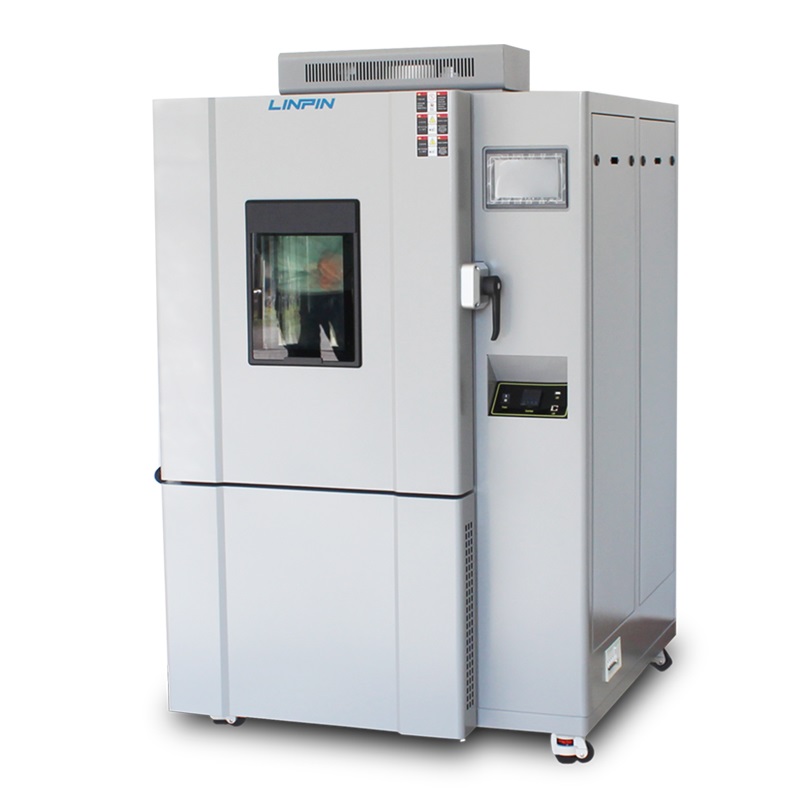The automotive industry must conduct numerous environmental reliability tests. Different test conditions can lead to various phenomena or malfunctions in a vehicle's performance. High and low temperature test chambers are essential. For example:
High-Temperature Testing
In high-temperature environments, automotive components may soften, expand, evaporate, vaporize, crack, melt, or age. Consequently, vehicles may experience mechanical failures, poor insulation in electrical systems, and increased mechanical stress.
Low-Temperature Testing
In low-temperature environments, automotive components may contract, solidify, lose mechanical strength, become brittle, or freeze. As a result, vehicles may encounter cracking mechanical failures, sealing failures, and poor insulation in electrical systems.
In addition to high and low-temperature tests, the following tests are also necessary:
- Salt Spray Test: Evaluates the corrosion resistance of materials and coatings.
- High Rate Temperature Cycling Test: Assesses the durability of components under rapid temperature changes.
- Immersion/Water Ingress Test: Tests the vehicle's resistance to water penetration.
- Dust Test: Checks the resistance of components to dust and particulate ingress.
- Mud Test: Evaluates the vehicle's performance in muddy conditions.
- Hot Air Aging Test: Measures the aging process of materials when exposed to high temperatures.
- Temperature and Humidity Storage Test: Tests the effect of prolonged exposure to specific temperature and humidity conditions.
- Thermal Shock Test: Assesses the resilience of materials to sudden and extreme temperature changes.
- Condensation Test: Evaluates the vehicle's resistance to condensation and moisture buildup.
- Weathering and Light Resistance Test: Measures the durability of materials and coatings when exposed to sunlight and weather conditions.








